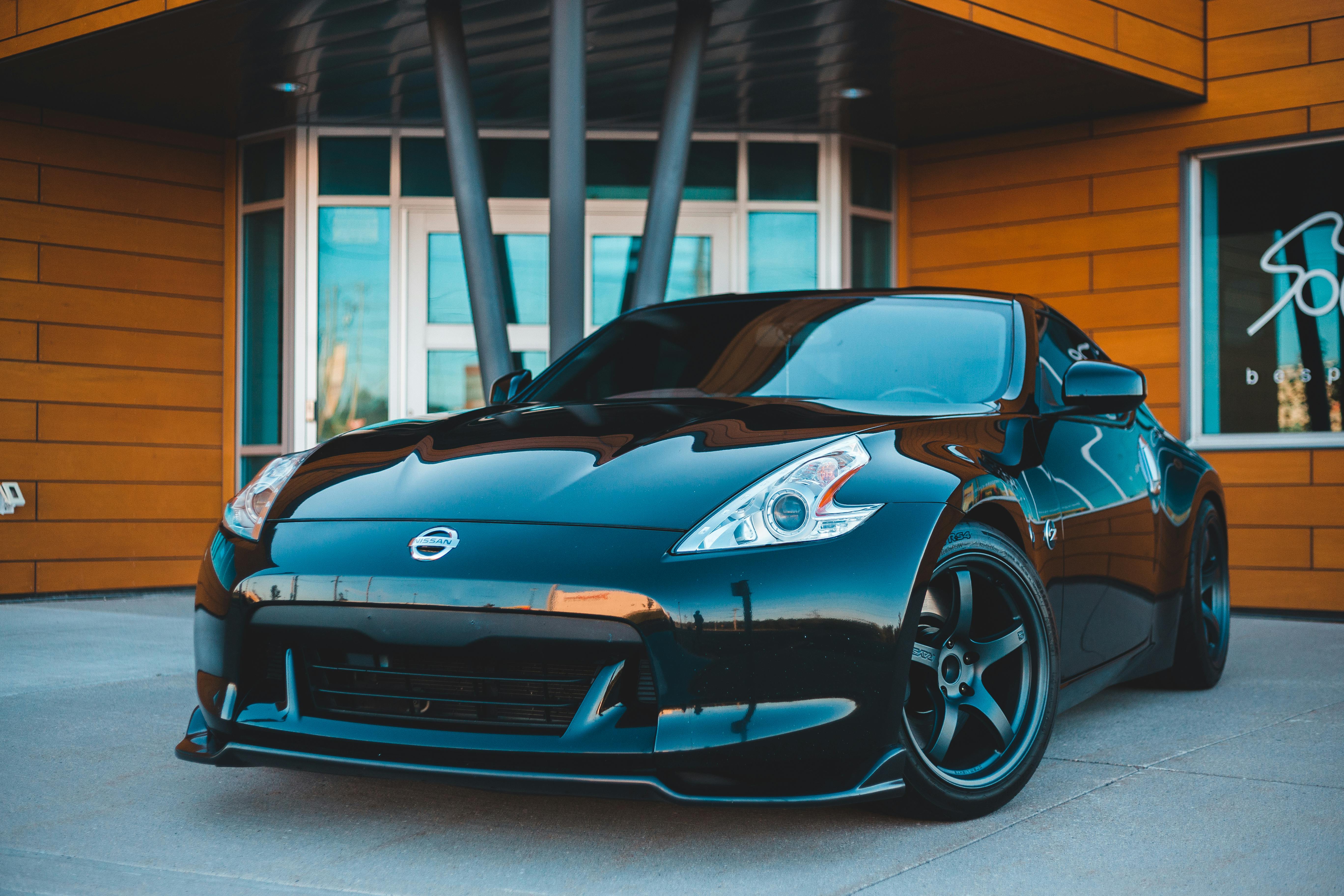Let’s say you want to build a more powerful engine. The most direct method is to increase the amount of air and fuel burned in each combustion cycle by adding more cylinders to the engine or increasing the size of the cylinders. But that makes the engine bigger and heavier, which means you need a bigger car to transport it.
Assuming you don’t want a bigger, heavier car, what else can you do? You can pack more air and fuel into existing cylinders. This, in a nutshell, is what a turbocharger does.
Some people think that turbos are only good for sports cars or racing. But there’s more to a turbocharger than sheer power and speed. In fact, the best reason to turbocharge your engine is to improve your driving experience.
How does a turbocharger work?
The turbocharger compresses the air entering the engine’s cylinders, greatly increasing the combustion power of the engine. A turbocharger can typically pack 50% more air into the cylinders than normal. Due to inefficiencies in the process, not all of this air will translate into additional power. The real improvement would be in the line of 30-40% more power.
A turbocharger in a car is connected to the exhaust manifold and runs on residual exhaust gases. The turbo has two main components, the turbine and the compressor. Exhaust gases from the engine cylinders pass through the turbine blades, causing the turbine wheel to rotate.
The turbine is connected to the compressor by a long shaft. As the turbine wheel turns, it also turns the compressor wheel. The compressor draws in air, pressurizing it at the intake before pumping the air into the engine’s cylinders. The amount of pressure the air is subjected to is called momentum. The more the air is compressed, the greater the boost and the more additional power the motor generates.
There are two other components that must be integrated into an efficient turbocharging system: the wastegate and the intercooler.
At high engine speeds, the turbine can spin too fast and generate more boost than the system is designed to handle, especially if the turbocharger is small. The dump valve is a simple valve that senses boost pressure. When the pressure reaches the desired level, the wastegate allows some of the exhaust gases to bypass the turbine, limiting boost to safe amounts.
When air is compressed, it heats up, causing it to expand and become less dense. This partially defeats the purpose of turbocharging, which is to increase the density of the air entering the engine’s cylinders. To counteract the expansion effect, a cooling component such as an intercooler or charge air cooler is used. The intercooler lowers the temperature of the pressurized air before it enters the cylinders and mixes with the fuel.
One of the drawbacks of turbocharged engines is turbo lag. This is the time between stepping on the throttle and feeling the power boost from the turbo. It happens because the turbine takes a while to get up to speed. Turbo lag can be reduced by reducing the size of the turbocharger and using lighter materials, such as ceramics instead of steel, in the turbine and compressor.
A small, lightweight turbo can provide quicker boost and minimize lag, but may not make enough boost at high engine speeds. On the other hand, a large turbocharger will give a massive boost at high speeds, but suffer more lag because it has a heavier turbine wheel that takes longer to turn.
Sometimes two turbos of different sizes are installed to overcome the drawbacks of small and large turbochargers. In a twin-turbo system, the smaller one gets up to speed quickly to reduce lag while driving, while the larger one provides the extra boost needed at higher engine speeds. This system is efficient in delivering power in all driving conditions, but has the disadvantage of being much more complex than a single turbo, with two sets of everything that can potentially go wrong.
Benefits of a turbocharger
The main benefits of a turbocharger are increased horsepower and torque, lower fuel costs, better emissions, and better high-altitude performance.
A turbocharged engine produces substantially more power than a non-turbo engine, with only a small increase in weight. To look at it another way, you can put a smaller engine in the car and still get equivalent power to a larger normally aspirated engine. The additional power and torque improve the vehicle’s performance and drivability.
It’s worth noting that remapping a turbocharged engine is one of the best ways to fully optimize all that power and torque. A professional ECU remapping gives you sharper throttle response and smoother power delivery throughout the rev range, making driving even more enjoyable.
A turbocharger can also help you save money on fuel costs. Diesel fuel isn’t much less expensive than gasoline, but when you improve fuel economy with a turbocharger, you can get big fuel savings over a normally aspirated gasoline or diesel engine.
A turbocharger also offers environmental benefits. Provides additional oxygen to the engine, resulting in more complete fuel combustion and reduced NOx and CO2 emissions. Also, a turbocharged engine can be built smaller and lighter than a non-turbocharged engine, which means it consumes less fuel and emits fewer emissions overall while generating the same amount of power.
And finally, at high altitudes where the air is less dense, a turbocharged engine offers more power and better performance than a normally aspirated engine can.
Precautions for operating a turbocharged car
Oil system and air system problems are two of the main reasons for turbocharger failure. You should check the oil and air filters regularly and perform engine maintenance at the prescribed intervals. It is also important to pay attention to the procedures for starting and shutting down the engine. This simply means allowing the turbocharger to heat up and cool down properly.
When you start the engine, let it idle for about a minute. Do not rev the engine immediately, as this forces the turbocharger to run at high speed with minimal lubrication. And before shutting down the engine, let it idle for one to five minutes to let the turbocharger cool down. A hot shutdown by the time you reach your destination is hard on the turbo. Neglecting any of these steps can result in a shortened lifespan or large repair bills for your turbocharger.



